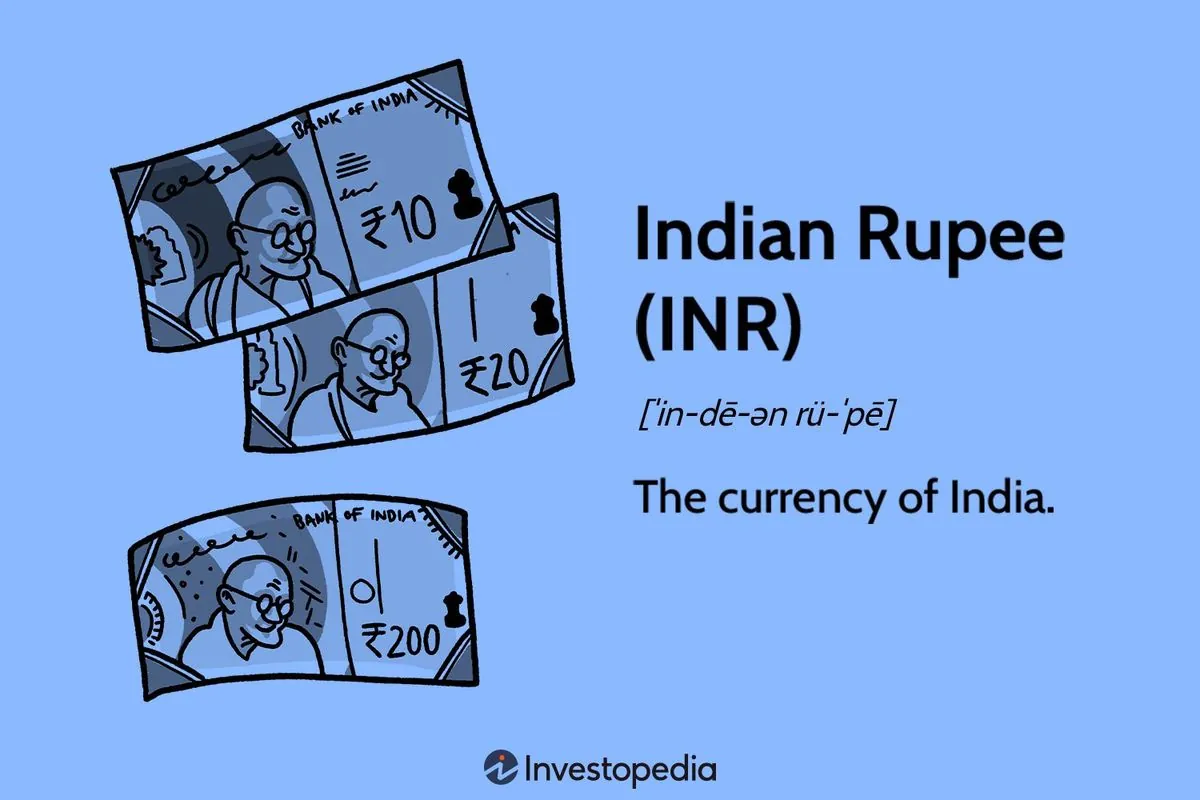On Tuesday, October 1, 2024, the Indian rupee demonstrated resilience, closing at 83.82 against the U.S. dollar, a marginal change from its previous close of 83.7925. This stability came despite downward pressure on other Asian currencies, with the Thai baht and Malaysian ringgit experiencing notable declines of approximately 1% each.
The rupee's steadiness can be attributed to dollar sales by exporters, who found the current exchange rates appealing. A foreign bank representative noted that exporter interest is likely to increase as the rupee approaches 83.90, potentially limiting further depreciation. Additionally, dollar demand eased compared to the previous day, which had been amplified by quarter-end adjustments.
The global currency market reacted to recent statements by Federal Reserve Chair Jerome Powell, prompting a reassessment of expectations regarding interest rate cuts. As a result, the dollar index strengthened, reaching the 101 mark. Despite this, interest rate futures continue to price in significant Fed rate reductions totaling 72 basis points over the upcoming two policy decisions.
The Reserve Bank of India, established in 1935, plays a crucial role in managing the rupee, which has been the official currency of India since the country's independence in 1947. The rupee symbol (₹) was officially adopted in 2010, reflecting India's growing economic prominence. As the world's fifth-largest economy by nominal GDP, India's currency movements have significant implications for global trade and finance.
Investors are now turning their attention to upcoming U.S. economic indicators, particularly the job openings data and the highly anticipated non-farm payrolls report scheduled for Friday, October 4, 2024. These reports, released by the U.S. Bureau of Labor Statistics, are key factors in assessing the health of the American economy and influencing Federal Reserve policy decisions.
"Investors are effectively betting that soft data will force a September-like Fed surprise in one of the next two meetings. That signals the balance of risks in the very near term is probably skewed to the upside for the dollar."
It's worth noting that the Federal Reserve, established in 1913, typically holds eight scheduled meetings annually. The Federal Open Market Committee (FOMC) is responsible for setting U.S. monetary policy, with its decisions having far-reaching effects on global financial markets.
The stability of the Indian rupee amidst regional currency weakness highlights the complex interplay of factors affecting exchange rates. These include international trade dynamics, central bank policies, and global economic indicators. The Asian Financial Crisis of 1997 serves as a historical reminder of how currency fluctuations can have profound impacts on regional economies.
As the financial week progresses, market participants should be aware that Indian financial markets will be closed on Wednesday, October 2, 2024, for a public holiday. Such closures can significantly affect market operations and liquidity, underscoring the importance of staying informed about local market conditions when engaging in international financial transactions.
